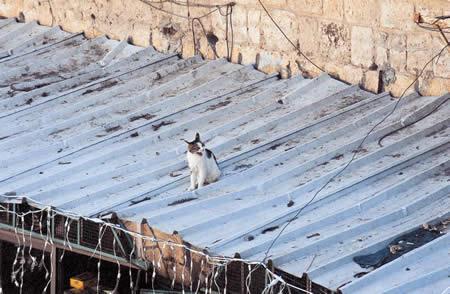
January 4, 2018 - I venture to say that not many people today have had the privilege of sleeping in a dwelling with a corrugated tin roof. My grandparent’s home had a tin roof. Being located within walking distance from my parent’s home, I spent a lot of time in that old house.
I recall curling up in a feather bed at night with rain pouring outside, wind whistling through the front porch, and lightning making daylight out of the darkness. The unmistakable sound of the rain hitting the tin roof tended to lull me to sleep.
On a few occasions I was inside that old house when hail mixed in with the falling rain, created quite a noise. Yes, one can tell a lot about what’s going on with the weather inside a house with a tin roof.
My father built his present house in 1945, but by that time composition shingles had appeared on the scene. He opted to roof the new house with that type shingles.
“Corrugated Galvanised Iron” was invented in the 1820s in Britain by a gentleman who was an architect and an engineer. It was originally made from wrought iron. It proved to be light, strong, corrosion-resistant, and easily transported. It particularly lent itself to prefabricated structures and improvisation by semi-skilled workers. It soon became a common construction material in rural areas in the United States.
When installed on the roof of a structure, the sheets were laid somewhat like tiles, with a lateral overlap of one and a half corrugation, and a vertical overlap of about six inches which provided sufficient waterproofing.
Though the tin roof is no longer used on homes, it can still be seen on barns, silos, and other secondary buildings dotting our landscape. Corrugated iron has stood the test of time, has gone in and out of fashion, and has extended its usefulness, apart from roofing.
In conclusion, some say that corrugated iron is a blot on the landscape, a curse. However, I say that it is a blessing as it has served mankind well over the last 170 years or so. It has great durability, is easily recycled, and can finally be melted down for scrap, thereby making it a sustainable, eco-friendly building material which will continue to serve for many years to come.
If you ever get a chance to shelter from a storm in a tin roofed house, you will experience the same feelings that I had as a young lad in my grandparent’s home so many years ago.









